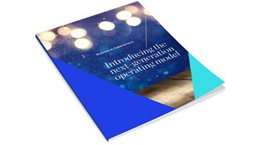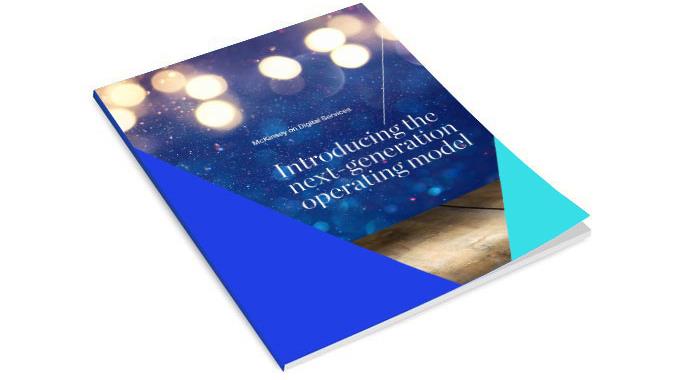Transforming a financial institution set in its ways offers a number of daunting challenges. One of the biggest is the need to attract and integrate new talent whose methods, mind-sets, and motivations often differ greatly from those of existing employees. But if done successfully, this process can take on a life of its own, as the entire enterprise buys in and shifts to autopilot. Cristiano Malucelli, CEO of Brazil’s Paraná Banco, discusses his bank’s transformation with McKinsey’s Julia Broide.
Stay current on your favorite topics
Overcoming the talent challenge
Cristiano Malucelli: Talent has always been an important pillar in our culture, so we had to have the capacity to attract people, develop them, and keep them motivated.
But bringing these people in was quite a challenge. This new talent, with a very different culture, meant we had to adapt as well. Unlike former generations, who were more concerned about generating profit and results, these people want something more from their work. They demand an environment that offers challenges but is also engaging and meaningful, in a company that has a purpose they identify with. That is why our value proposition—to offer clients a superlative experience—helped with recruitment.
The first hires were particularly important. As we successfully put together the first team, we took advantage of their technical knowledge and networking ability to form the other teams. This allowed our recruiting effort to build on itself and helped us to overcome the challenge of recruiting the right people, which turned out to be far more difficult and complex than we thought it would be when we started this journey.
Culture by osmosis
Cristiano Malucelli: Our first agile team had a clear mission to build a minimum viable product (MVP). This 16-week learning process was a long and winding journey, but we needed to see it in action and do it with people from other divisions of the bank that were not yet as agile as they could be. Over time, this team began to positively influence their colleagues, and little by little, the mind-set of the bank started to change.
What’s interesting is that when the culture within a company starts to change and that change gains in strength, it effectively spreads across the business organically. People buy into it, and things start running naturally. You don’t need managers constantly certifying and controlling, since people are clear about their missions. People improve their communication with other areas of the company. All of a sudden, the transformation starts gaining momentum and spreads throughout the organization. And, in fact, the company goes on autopilot in the best sense of the word.
As a result, your role as leader is much more about articulating the vision, facilitating between the areas and the team while creating the skills required for the transformation. And before you know it, the culture is positively permeated with the vision, by the agile way of doing things.

Introducing the next-generation operating model
Satisfying a need for personal and professional development
Cristiano Malucelli: I think people have a natural desire to learn. They like a challenge and want to develop themselves professionally. This is what drives them.
People realized from the moment the bank embraced the challenge to transform itself that they were going to be part of that transformation and, in fact, the most important part of the change. They understood that the bank was giving them an enormous opportunity for professional achievement by allowing them to help the bank transform itself.
The employees really started to understand and experience this transformation when they convinced themselves it was possible to provide clients with greater satisfaction by offering them a more pleasant and simple experience than before. It also really helps employee morale, because it’s satisfying to help a client.
Doing things differently with the benefit of hindsight
Cristiano Malucelli: Looking back, if there were something that I would do differently, it would be involving senior management earlier in the process.
Since a transformation affects the status quo, it naturally gives rise to concerns, particularly for the people leading the organization. This generates some degree of anxiety. I didn’t give this issue enough importance, because I thought what we were doing and why we were doing it was clear to them.
This was the major lesson. Right from the first conversation, I should have been more transparent with senior management, making it clear that the transformation was for the good of each individual and the greatest good was for the company. I should have let them know that they also had a lot to contribute and reassured them that certain decisions would migrate to more-junior positions because those closest to the client have the most information. Fortunately, there was time to resolve the problem.
Unexpected fringe benefits
Cristiano Malucelli: The most pleasant surprise of the transformation was how people bought into this initiative and how much it improved their motivation. As a bank, we have always focused on improvement, challenges, and fostering a pleasant environment, but this is different.
You have a purpose that people can identify with. It becomes an incredibly collaborative working environment, even as there’s extreme pressure to produce results. It brings together the best you have in organizational culture and makes people feel that everyone is on the same page and willing to help.


